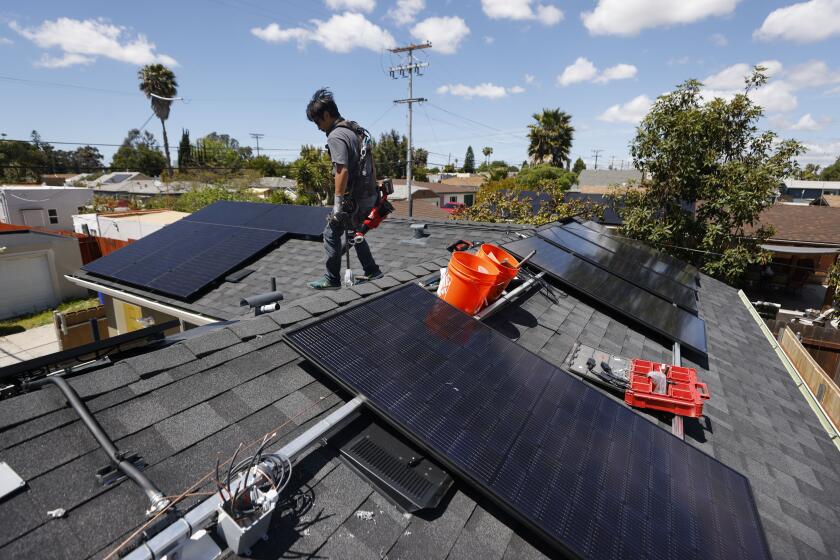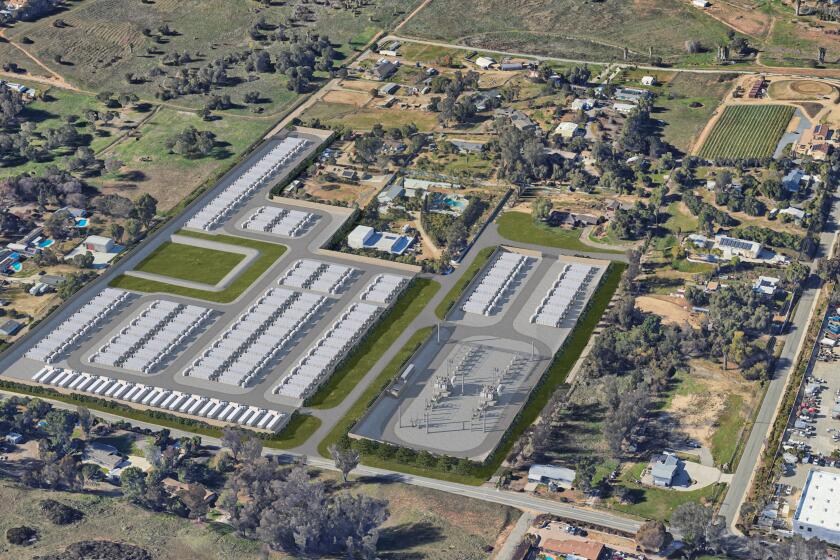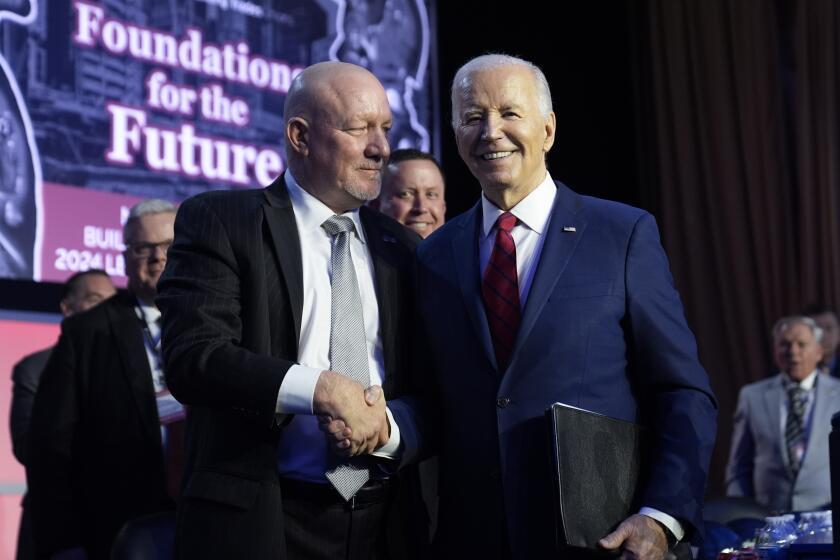Solar ruling may tee up Trump to impose tariffs, could increase costs in California

In a decision that may make it more expensive to install rooftop solar systems and affect utility-scale projects, the U.S. International Trade Commission (ITC) ruled Friday that the solar manufacturing industry has been hurt by a flood of cheap, imported solar panels.
The ITC ruled 4-0 in favor of a complaint filed by a pair of bankrupt companies who used a little-used provision in trade cases called Section 201.
The next step? Determining what should be done about it, which includes imposing tariffs on solar panels and modules coming into the United States.
And, according to federal rules, the final decision is made by the sitting president — in this case, Donald Trump, who has advocated an “America First” trade policy.
Any changes figure to have a big impact on California, which accounts for more than one-third of the nation’s 260,000 workers in the solar-related fields.
In another twist, many in the solar industry don’t want any trade restrictions, arguing they threaten to undercut the sector, which grew 25 percent between 2015 and 2016, according to one estimate.
“Tariffs are not an appropriate remedy, nothing in today’s decision changed that,” said Abigail Ross Hopper, president and CEO of the Solar Energy Industries Association (SEIA), the industry’s biggest trade group. “If we cut the demand by significant amounts, the need for those manufactured products will decline. That’s what we are fighting against here.”
But the two companies that filed the complaint celebrated the decision and pushed back on claims the ruling would lead to job losses.
“Strong relief for manufacturing will lead to growth in the entire industry,” said Tim Brightbill, trade attorney for SolarWorld, which joined bankrupt manufacturer Suniva in the case. “By strengthening manufacturing you strengthen innovation, research and development in the next generation of these critically important solar products.”
Suniva and SolarWorld argue that competitors in Southeast Asia have driven prices so low they cannot turn a profit. Suniva filed a petition with the ITC calling for a price floor of 78 cents per watt for solar panels made outside the U.S. and import duties of 40 cents per watt on solar cells.
Depending on efficiency, solar cells currently sell in the neighborhood of 25 cents to 33 cents per watt.
The ITC does not necessarily have to recommend imposing a tariff. Its commissioners can come up with a number of penalties to act as remedies. The ITC must come up with specific suggestions by Nov. 13, which will then be passed on to the Trump administration.
The White House is free to accept any ITC recommendation or make its own, including not acting at all. It has 60 days from Nov. 13 to make a decision.
“Who knows,” Morten Lund, a San Diego attorney who specializes in energy cases for the Stoel Rives law firm, said when asked to speculate on what the Trump administration would do.
“Assuming there is some type of remedy recommended, you’ve got a president who has been loud and proud about how much he likes tariffs and doesn’t like China,” Lund said. “That would argue in favor of him doing something. On the other hand, most objective analyses … would lead one to believe this would be a job loser and he likes jobs.”
It’s been estimated that a stiff penalty could lead to a 15 percent increase in the price of residential solar installations.
Barry Cinnamon, the CEO of San Jose-based Spice Solar said a possible 40 cents a watt import duty would especially hit large, utility-scale projects.
“That’s why it’s no surprise the most outspoken people in the industry who are really fighting this the hardest were the ones that were doing utility-scale installations,” Cinnamon said. “It completely blows up the economics of those big projects as they’ve been sold over the last few years.”
Utilities in states like California are mandated to make sure a certain percentage of their energy comes from renewable sources such as solar so an increase in the price of solar panels and modules will likely have ripple effects.
“It will be passed through in rates, that’s for sure,” Lund said. “It would affect the commercial and residential projects which are not mandated but are driven by price.”
Under the most recent iteration of California’s Renewable Portfolio Standard, the state must derive 50 percent of its electricity from clean energy sources by 2030.
Joe Britton, communications manager for San Diego Gas & Electric, said in an email Friday, “Impacts from a potential import tariff on future purchases of this resource are unclear.” SDG&E gets 43 percent of its energy from renewable sources.
SEIA said a decision following the parameters of the petition filed by Suniva would lead to a loss of 88,000 jobs nationally and 15,800 in California — figures SolarWorld and Suniva dispute.
The last time a president accepted a Section 201 recommendation was in March 2002 when George W. Bush imposed a tariff on steel. He lifted the tariff nine months later.
Business
rob.nikolewski@sduniontribune.com
(619) 293-1251 Twitter: @robnikolewski
ALSO
The trade flap roiling the solar industry
Solar power’s growing pains in California
Can California really hit a 100 percent renewable energy target?
Get U-T Business in your inbox on Mondays
Get ready for your week with the week’s top business stories from San Diego and California, in your inbox Monday mornings.
You may occasionally receive promotional content from the San Diego Union-Tribune.











